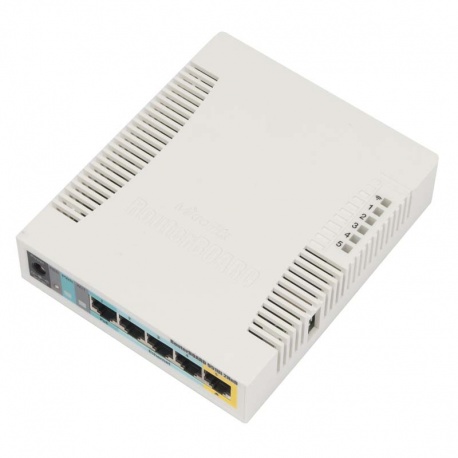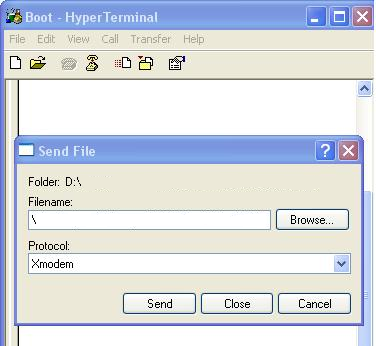

You will need to format the card from the command line before you can use it. The SD card device will be called /dev/mmcblk0, with the first partition called /dev/mmcblk0p1.

The MicroSD slot needs the kmod-mmc, kmod-mmc-over-gpio, and kmod-mmc-spi kernel module packages. Pre-built images are available on the MikroTik RouterBOARD RB450Gx4 device page. More information on the development process and the state of the branch can be found on the forum. The RB450Gx4 is NOT currently on the list of OpenWrt supported routers, however a WiP branch is available here. If you are looking for OpenWrt support of an RB450Gx4, be aware that it uses a different CPU (IPQ4019) and switch chip (AR8327: supports 'hybrid' VLANs) than the RB450G. That Mikrotik documentation does NOT clearly explain that Trunk ports can have one untagged and multiple tagged VLANs on one port, however Trunking is implemented and functional on OpenWrt Version 18. See the Mikrotik documentation: for an explanation of trunk, access and hybrid port capabilities for the switch chips. The 802.1Q Trunking capability of the AR8316 is quite capable of supporting segregated guest networks since 802.1Q Trunking allows a port to have one untagged VLAN (the 'native' VLAN1) and multiple tagged VLANs on the same port. The RB450G uses the Atheros AR8316 switch chip, which DOES support 802.1Q VLAN Trunking in OpenWrt Version 18, but does NOT support 'hybrid' or 'general' VLAN switching.

With the advent of Version 18 OpenWrt, the installation process is now significantly simplified. With a fast processor, gigabit ethernet, and relatively huge amounts of RAM and flash, this is a very capable device with OpenWrt installed.


 0 kommentar(er)
0 kommentar(er)
